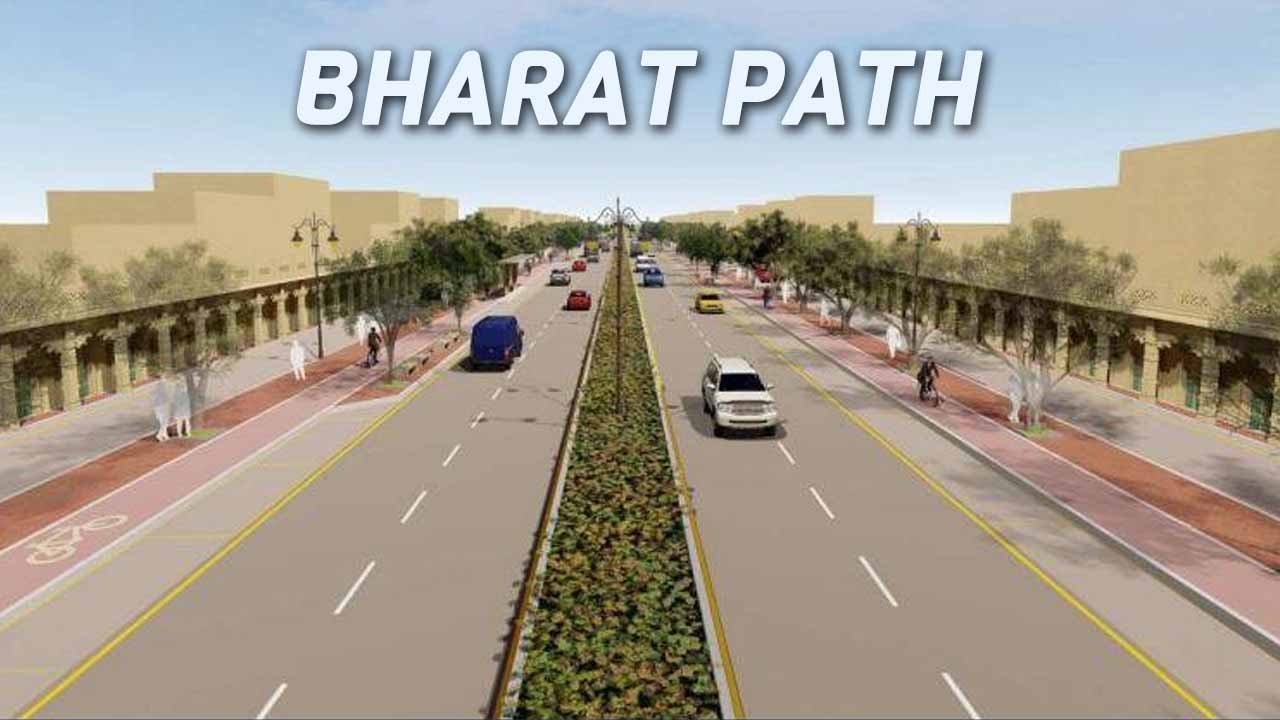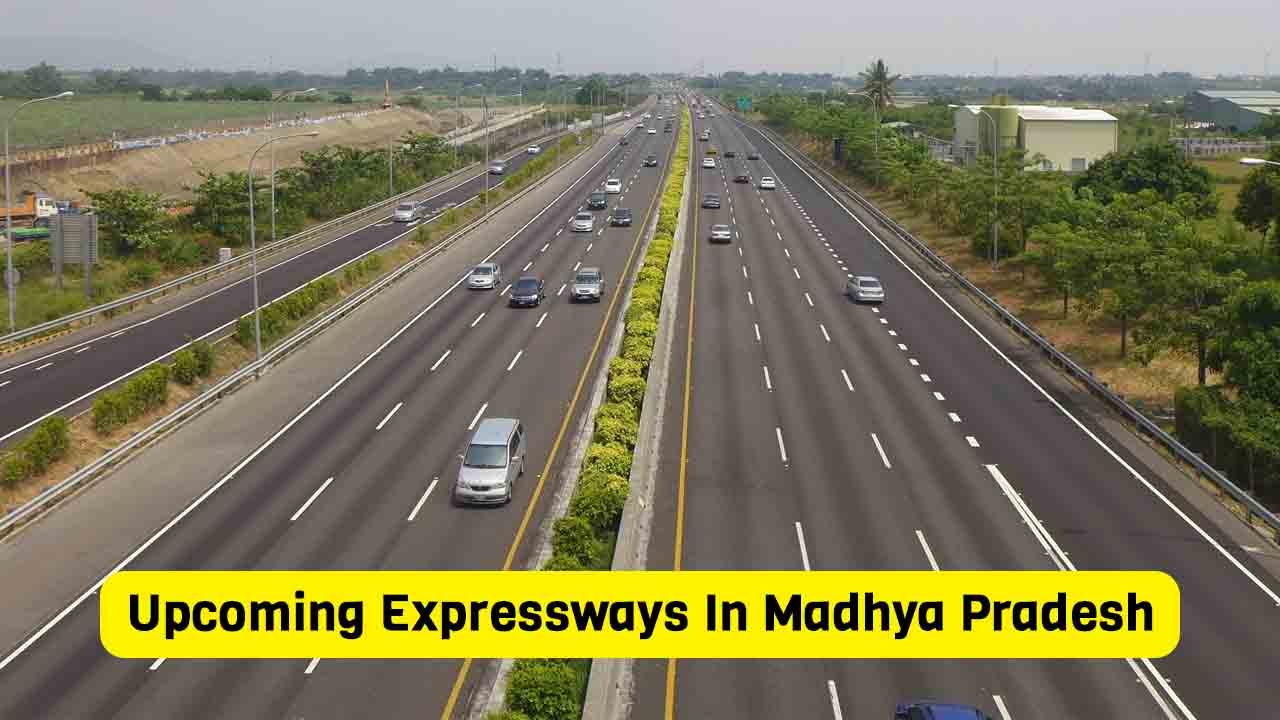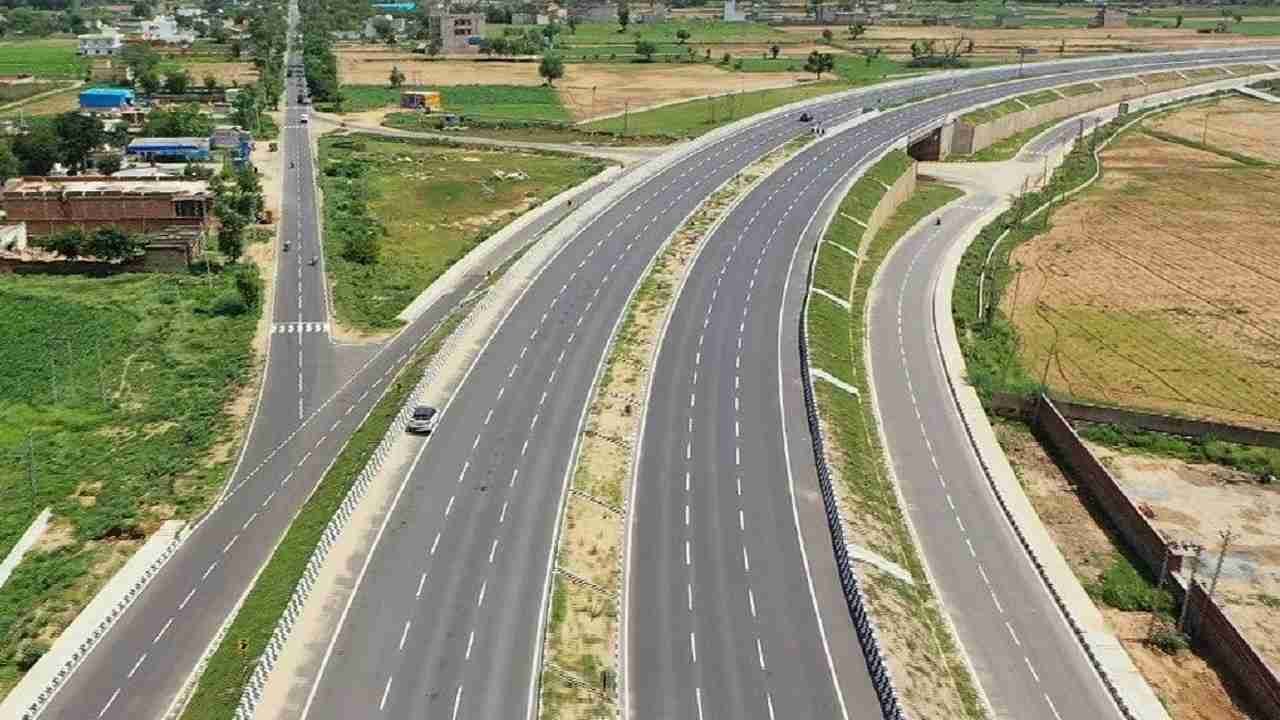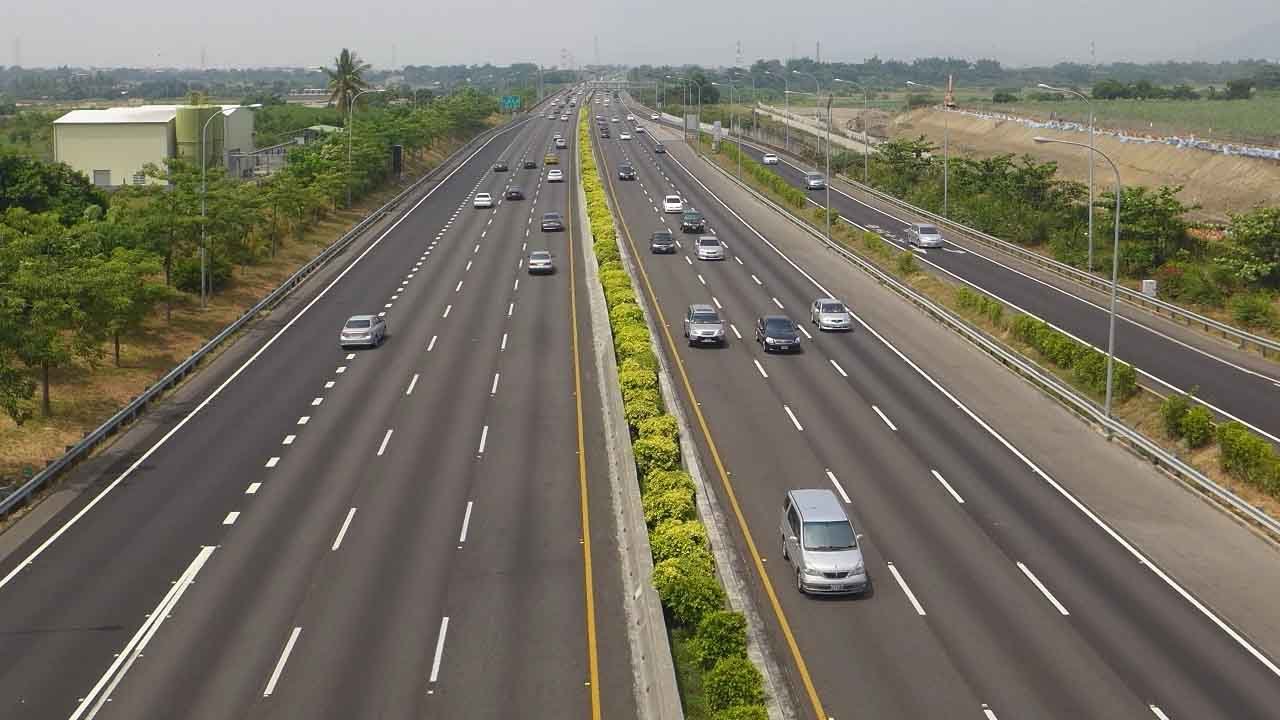Table of Contents
- 1 Historic Infrastructure Boost: The Emergence of ‘Bharat Path’ in Ayodhya
- 2 Project Scope: Bharat Path’s ₹900 Crore Vision for Ayodhya
- 3 Pilgrim-Centric Urban Planning and Modern Utilities
- 4 Architectural Grandeur Meets Functional Excellence
- 5 Enhancing Connectivity with the Ram Janmabhoomi Mandir
- 6 Integration with Ayodhya’s Smart City Mission
- 7 Economic and Cultural Impact of the Bharat Path Corridor
- 8 Timeline and Project Implementation Framework
- 9 Conclusion: Bharat Path as a Beacon of New Age Pilgrimage
Historic Infrastructure Boost: The Emergence of ‘Bharat Path’ in Ayodhya
We are witnessing a transformative leap in Ayodhya’s urban and spiritual landscape with the announcement of the ₹900 crore ‘Bharat Path’. This monumental road development project, designed to seamlessly connect sacred religious landmarks within the city, underlines the government’s commitment to enhancing pilgrim mobility and spiritual tourism.
Strategically designed to alleviate congestion and streamline access, the Bharat Path stretches from the Lata Mangeshkar Chowk to the revered Ram Janmabhoomi complex. It will redefine Ayodhya’s status as a global spiritual epicenter while significantly improving urban infrastructure.
Project Scope: Bharat Path’s ₹900 Crore Vision for Ayodhya
The Bharat Path project entails the construction of a grand 13.92-km corridor spanning multiple key pilgrimage points and urban intersections. With an investment of ₹900 crore, the project encompasses:
- Widening of existing arterial roads
- Installation of smart street lighting systems
- Development of integrated public amenities
- Underground utility corridors
- Aesthetic beautification aligned with heritage themes
This corridor aims not just at physical transformation but also cultural consolidation—merging modern infrastructure with ancient spiritual ethos.
Pilgrim-Centric Urban Planning and Modern Utilities
Bharat Path is not merely a roadway; it is a seamless integration of mobility, spiritual access, and civic design. The upgraded corridor will include:
- Dedicated pedestrian tracks for yatris
- Electric shuttle services to reduce vehicular congestion
- Public toilets and hydration zones
- Emergency response kiosks
- Tourist information centers in Sanskriti-inspired architecture
These features are meticulously designed to cater to lakhs of devotees expected annually, ensuring a smooth and spiritually immersive experience.
Architectural Grandeur Meets Functional Excellence
Inspired by India’s ancient temple cities, the corridor will reflect Ayodhya’s timeless aesthetic while employing cutting-edge engineering. Key visual elements include:
- Ornate lamp posts replicating Ramayana motifs
- Sandstone barriers with mythological carvings
- Widened walkways lined with flowering native flora
- Solar-powered lighting and surveillance infrastructure
The Bharat Path’s architectural harmony with Ayodhya’s religious fabric ensures it becomes both a functional asset and a cultural monument.
Enhancing Connectivity with the Ram Janmabhoomi Mandir
A pivotal focus of the Bharat Path initiative is direct and obstacle-free access to the Shri Ram Janmabhoomi Mandir. The new road will provide:
- Uninterrupted access from the city’s major entry points
- Reduction in walking time from Lata Mangeshkar Chowk to temple gates
- Streamlined entry and exit zones for devotees
- Coordinated traffic redirection during peak pilgrimage seasons
The objective is clear: to transform the journey into a part of the pilgrimage itself.
Integration with Ayodhya’s Smart City Mission
The Bharat Path is aligned with Ayodhya’s broader Smart City goals. The corridor supports:
- IoT-enabled surveillance and traffic monitoring
- Real-time crowd control mechanisms
- Digital guideboards in multiple languages
- Integrated app-based navigation for tourists
These elements place Ayodhya on the map of future-ready spiritual cities, blending ancient reverence with digital responsiveness.
Economic and Cultural Impact of the Bharat Path Corridor
Beyond spiritual upliftment, the ₹900 crore Bharat Path is set to drive robust local development. Its anticipated impacts include:
- Employment Generation: Skilled and unskilled labor engagement through the construction and post-construction phases
- Tourism Boost: Increased stay duration and footfall leading to revenue upsurge in hospitality and local retail
- Cultural Showcasing: Street installations and performance zones for traditional artists
- Real Estate Value Enhancement: Premium value appreciation along the Bharat Path stretch
The corridor thus promises a holistic developmental push that transcends infrastructure alone.
Timeline and Project Implementation Framework
The project is being executed in coordination with Uttar Pradesh’s Public Works Department (PWD) and Ayodhya Development Authority (ADA). The proposed timeline includes:
- Q2 2025: Completion of underground utility shifting
- Q3 2025: Full stretch road expansion and civil finishing
- Q4 2025: Launch of electric shuttle and lighting systems
- January 2026: Full public inauguration ahead of major festivals
This aggressive timeline underscores the government’s intent to unveil Bharat Path as a showcase project of New India’s devotional infrastructure.
Conclusion: Bharat Path as a Beacon of New Age Pilgrimage
With Bharat Path, Ayodhya is poised for a transformative leap—where spiritual heritage converges with modern connectivity. It is not just a corridor; it is a vision in motion. This ₹900 crore development will elevate Ayodhya to a globally recognized spiritual capital with world-class infrastructure designed for the millions who walk the path of faith.
As we move forward, Bharat Path is set to become a model for devotional infrastructure across India, reflecting our civilizational depth with infrastructural might.










